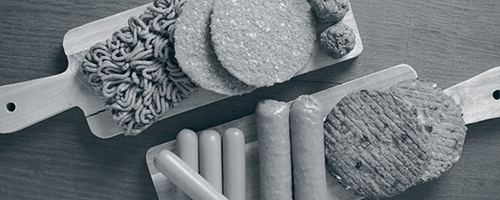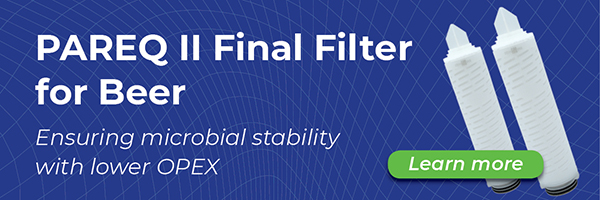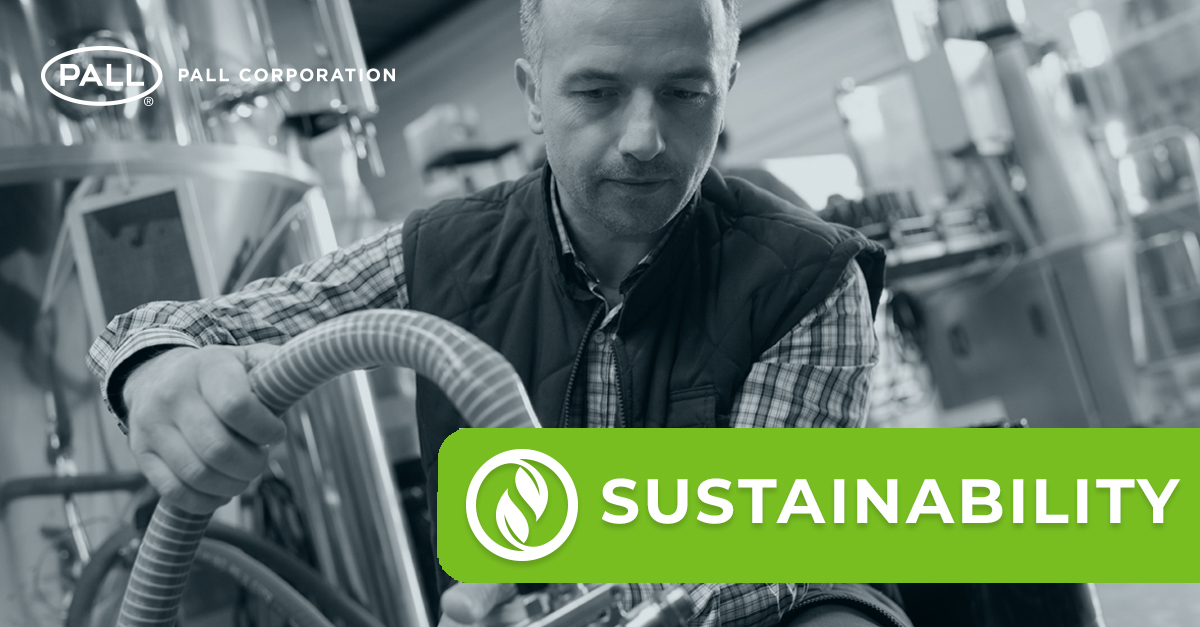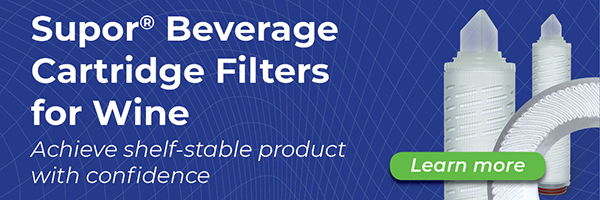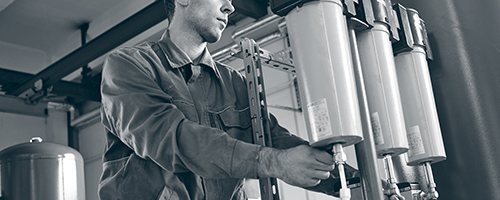
Blog
How Filtration Can Help Steam Applications
Steam is a basic but very important utility used in food and beverage plants. It enables a multitude of operations and processes which are integral to food production.
Steam is sterile, as its high heat kills viable microorganisms. However, there are other aspects of steam quality that have detrimental effects on food quality and manufacturing efficiency. Steam quality is influenced by boiler feedwater quality, the steam-generating method and equipment, and the steam distribution network.
Depending on the application, there are three key quality aspects of steam to address:
- presence of steam condensate,
- boiler feed water additives
- physical impurities such as rust, pipe scale, and other debris.
Removing large slugs of steam condensate from pipelines prevents water hammers that can create shock waves and damage the distribution network. Removing condensate from steam is necessary for product heating or cleaning applications, as the most efficient microbial kill is achieved with dry or saturated steam.
Some steam cleaning applications require dry steam to ensure efficiency, enable quick drying of cleaned equipment or introduce as little moisture as possible to water-sensitive dry products manufacturing facilities.
Controlling the liquid water content in steam is necessary; it is carried out by combining system design, managing the steam flow and pressure, and use of entrainment separators, steam traps, and other mitigation techniques.
Boiler feedwater is commonly treated with chemicals to prevent corrosion and scale build-up in the steam system. Any chemicals which are volatile and therefore carried over into the steam must be compatible and safe for the end-use application. In product contact applications, these chemicals must comply with regulatory requirements for human consumption.
Physical impurities in steam must be removed by filtration closest to the endpoint of use to prevent:
- compromising food product safety and sensory quality
- causing equipment fouling or plugging, resulting in reduced manufacturing efficiency and downtime.
The required filtration is dependent on whether the end-use involves a non-product contact application or direct steam contact with food products, or product-contact surfaces.
Plant Steam Applications
Plant steam applications are for non-product contact uses. Common examples are indirect heat exchangers, retorts, steam tracing, or the cleaning of industrial machinery. These applications require the removal of physical impurities to maintain heat transfer efficiency or prevent fouling or plugging of small orifices, nozzles, or other equipment. Such conditions lead to reduced manufacturing efficiency and eventual downtime. The filtration requirements for these applications are often advised by equipment suppliers or selected to remove the contaminant sizes and quantities of concern, typically in the 10 to 25-micron range.
Culinary Steam Applications
Culinary steam applications are ones in which steam either contacts the food and beverage products directly or contacts equipment with a product- or packaging-exposed surfaces.
Steam of ‘culinary quality’ is the most common use of steam in the food industry, and it must be ‘free’ of entrained contaminants, relatively dry and safe for human consumption.
Common application examples include direct steam injection to flash heat food and beverage products, steam peeling or blanching of fruits and vegetables, steam sparging or infusion, steam drying or rehydration of food products, extrusion, headspace flushing in capping/lidding operations, and cleaning or sterilizing equipment (SIP).
The 3-A Accepted Practice for Producing Culinary Steam 609-03 details the definition, filtration requirements for culinary steam filters, and the system requirements for design, materials, fabrication, and installation. Additional national and international standards for food contact compliance apply.
Clean Steam Applications
Clean steam applications represent the highest end-use of steam in food and beverage production, with stringent requirements.
This type of steam production focuses on high source water quality, the absence of boiler additives, and the use of all stainless steel steam production and distribution equipment. These steam systems are isolated from any other plant or culinary steam systems. Due to the high purity of the steam, typically, no filtration is necessary. Applications include organic food and some baby food production, primarily due to the lack of any chemical additives in the steam.
Pall specifies sintered stainless steel filters for removing physical impurities from steam. The filters feature an extremely rugged design because they are exposed to extreme conditions of use. They are regenerable by professional cleaning. They provide unmatched performance and trouble-free service life so that food processors can focus on the more significant challenges they may face.
To learn more about Pall products to assist with steam applications, visit here.
- Category
- Author
- Sort By
